Juicy Balsamic Glazed Pork Loin Recipe: A Flavorful Masterpiece
Succulent balsamic glazed pork loin promises a culinary adventure that’ll make your taste buds dance with excitement.
Juicy meat transforms into a canvas of rich, tangy flavors that meld perfectly.
My kitchen always buzzes with anticipation when this recipe comes together.
Marinades create magic, infusing each tender slice with deep, complex notes.
Mediterranean influences shine through in this simple yet elegant dish.
Carefully selected ingredients guarantee a meal that impresses without complicated techniques.
Come ready to experience a dinner that feels like a gourmet restaurant right at your table.
Balsamic Glazed Pork Loin Overview
Ingredients for Balsamic Glazed Pork Loin
Meat:Seasoning Blend:Glaze and Liquid Ingredients:Cooking Instructions for Balsamic Glazed Pork Loin
Step 1: Prepare Pork Loin
Grab a clean paper towel and thoroughly pat the pork loin dry to remove excess moisture.
This helps create a perfect sear and allows seasonings to stick better.
Step 2: Create Savory Spice Blend
Mix together in a small bowl:Whisk the spices until well combined.
Generously sprinkle the spice mixture all over the pork, ensuring complete coverage.
Step 3: Sear The Meat
Heat olive oil in a large skillet over medium heat.
Carefully place the pork into the hot pan and sear each side until a beautiful golden-brown color develops, creating a delicious outer crust.
Step 4: Blend Balsamic Glaze
Using a blender, combine:Blend until the mixture becomes smooth and slightly thickened, creating a rich, aromatic glaze.
Step 5: Slow Cook The Pork
Pour chicken broth into the slow cooker.
Position the pork loin fat side up and generously brush the balsamic glaze over the entire surface.
Step 6: Cook To Perfection
Cover the slow cooker and cook on LOW setting for 4 to 5 hours or HIGH setting for 3 hours.
The pork is ready when its internal temperature reaches 145˚F.
Step 7: Rest And Serve
Transfer the cooked pork to a cutting board.
Cover loosely with foil and let it rest for a few minutes.
Slice and serve the tender, flavorful pork loin.
Pro Tips for Balsamic Glazed Pork Loin
Variations for Balsamic Glazed Pork Loin
Serving Suggestions for Pork Loin
Storage Recommendations for Balsamic Pork Loin
FAQs
The rub combines salt, paprika, onion powder, and black pepper to create a flavorful seasoning that enhances the pork’s natural taste and helps form a delicious crust during searing.
Searing locks in the meat’s juices, creates a golden-brown exterior that adds depth of flavor, and helps develop a rich, caramelized surface that seals in moisture during slow cooking.
Use a meat thermometer to check that the internal temperature reaches 145˚F, which ensures the pork is safe to eat while remaining juicy and tender.
Print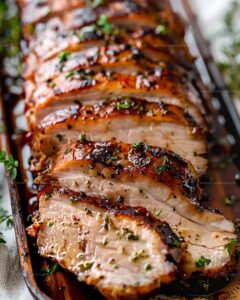
Balsamic Glazed Pork Loin Recipe
- Total Time: 5 hours 20 minutes
- Yield: 6 1x
Description
Succulent Balsamic Glazed Pork Loin promises a culinary journey through rich, tangy flavors that elevate classic roasted meat. Juicy pork tenderloin meets a glossy balsamic reduction, delivering a restaurant-quality dish you can easily recreate at home.
Ingredients
Meat:
- 3 pounds (1.36 kilograms) boneless pork loin
Seasonings:
- 1 teaspoon salt
- 1 teaspoon paprika (sweet or smoked)
- 1/2 teaspoon onion powder
- 1/4 teaspoon fresh ground black pepper
- 1/2 tablespoon (7.5 milliliters) Italian seasoning
Liquid and Aromatics:
- 1/3 cup (80 milliliters) chicken broth
- 4 tablespoons (60 milliliters) olive oil
- 3 tablespoons (45 milliliters) balsamic vinegar
- 5 cloves garlic (smashed)
Instructions
- Thoroughly dry the pork using clean paper towels to ensure optimal seasoning adherence.
- Create a robust spice blend by whisking salt, paprika, onion powder, and black pepper in a small mixing bowl. Generously coat the entire pork surface with this aromatic rub.
- Warm olive oil in a large skillet over medium heat. Carefully sear the seasoned pork, rotating to achieve a golden-brown crust on all sides, which locks in rich flavors.
- Transform the glaze by blending balsamic vinegar, remaining olive oil, and garlic until smooth. Quickly pulse in Italian seasoning to enhance the sauce’s complexity.
- Pour chicken broth into the slow cooker, positioning the pork loin fat side up. Liberally brush the prepared balsamic mixture across the meat’s surface.
- Secure the slow cooker lid and cook on LOW for 4-5 hours or HIGH for 3 hours. Confirm doneness by checking the internal temperature reaches 145˚F using a meat thermometer.
- Remove pork from the slow cooker and transfer to a cutting board. Tent with aluminum foil, allowing the meat to rest and redistribute juices for 10-15 minutes before slicing.
- Slice against the grain and serve immediately, drizzling any remaining glaze over the meat for extra flavor.
Notes
- For extra flavor depth, marinate the pork loin in the balsamic mixture for 2-4 hours before cooking to enhance taste absorption.
- Choose a fatty cut of pork loin to ensure moisture and tenderness during slow cooking, preventing dry meat.
- Try herb variations like rosemary or thyme instead of Italian seasoning to create unique flavor profiles matching different meal preferences.
- When checking internal temperature, use a reliable meat thermometer inserted into the thickest part of the loin for accurate doneness measurement.
- Prep Time: 20 minutes
- Cook Time: 5 hours (on Low) or 3 hours (on High)
- Category: Lunch, Dinner
- Method: Slow Cooking
- Cuisine: Italian
Nutrition
- Serving Size: 6
- Calories: 330 kcal
- Sugar: 1 g
- Sodium: 400 mg
- Fat: 21 g
- Saturated Fat: 6 g
- Unsaturated Fat: 14 g
- Trans Fat: 0 g
- Carbohydrates: 2 g
- Fiber: 0.5 g
- Protein: 29 g
- Cholesterol: 90 mg

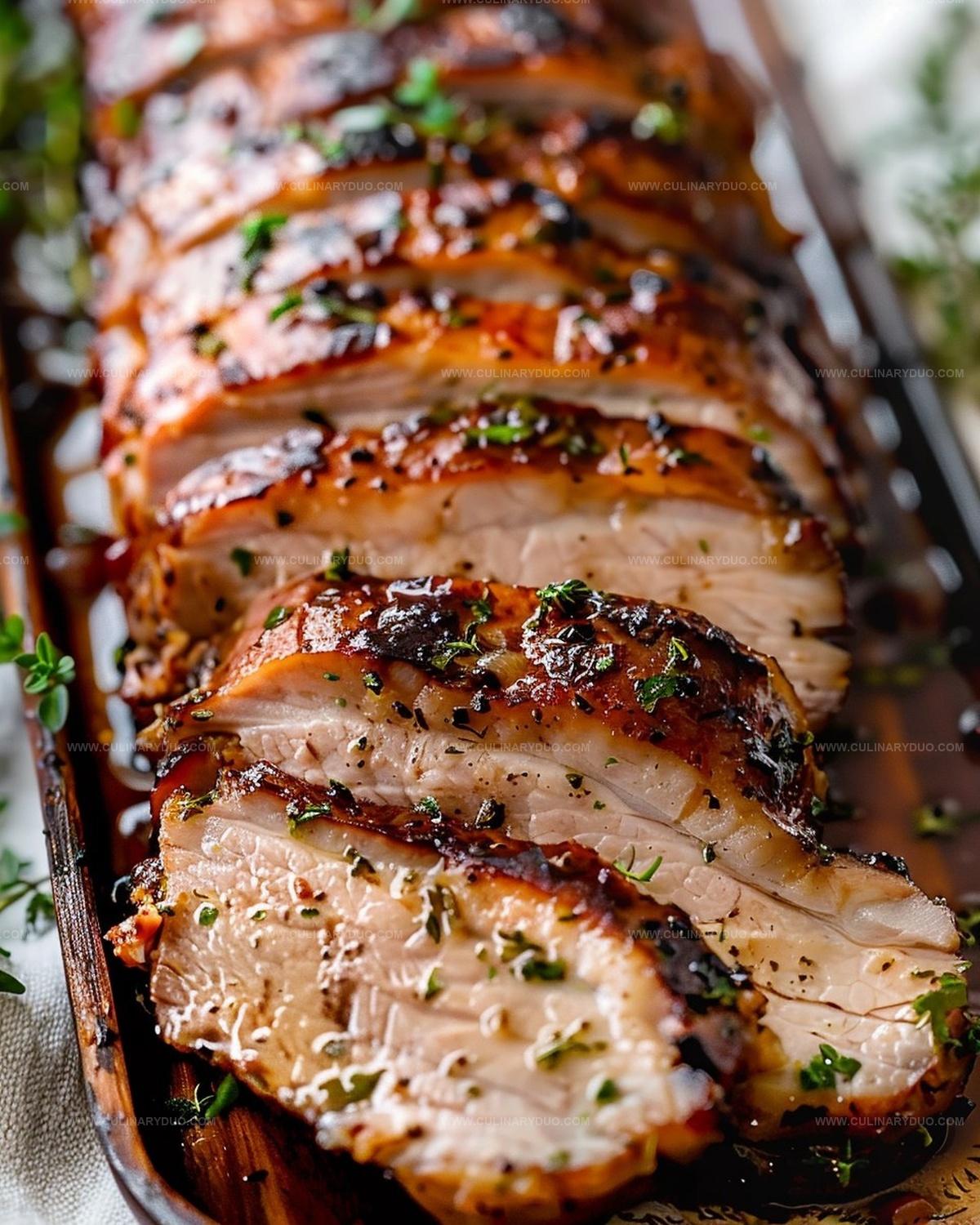
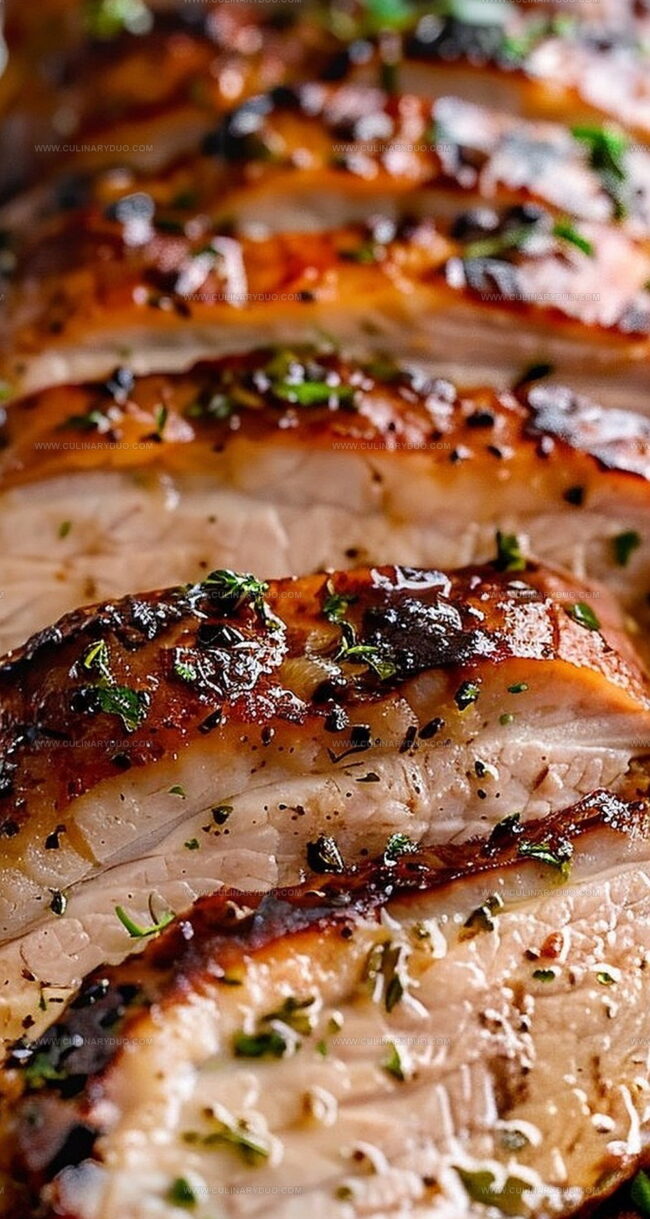
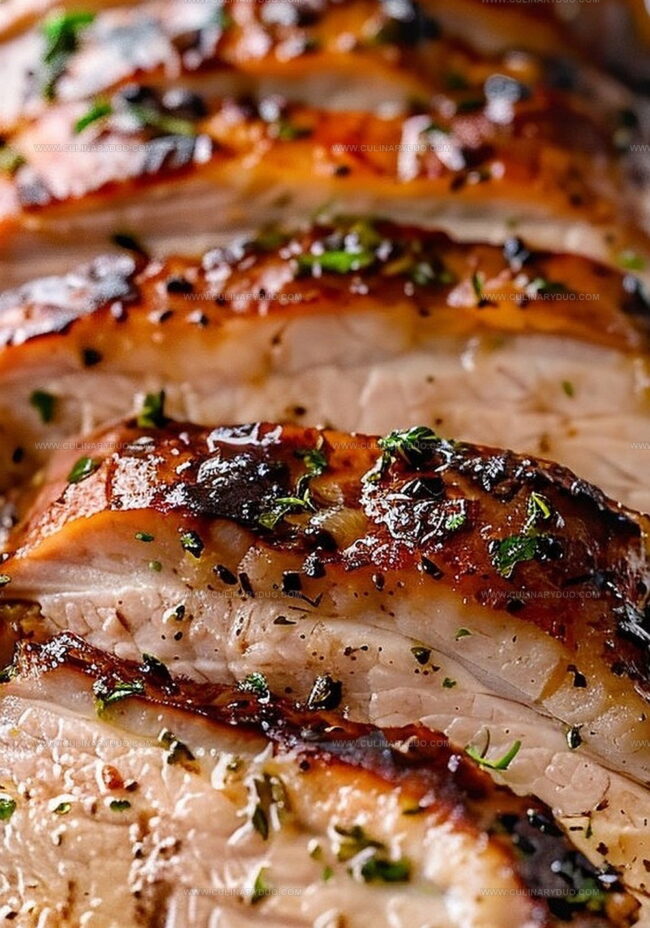
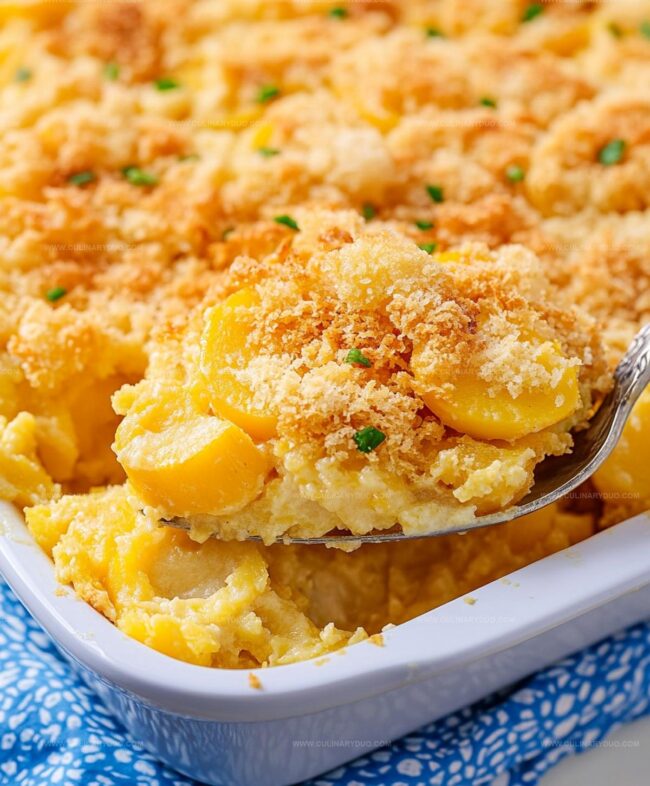
Natalie Brooks
Co-Founder & Content Strategist
Expertise
Education
eCornell
Natalie brings the vibrant, plant-powered side to Culinary Duo. After earning her Plant-Based Nutrition Certificate from eCornell, she combined her love for fresh ingredients with a passion for storytelling, aiming to make healthy cooking simple and satisfying.
Her kitchen motto: good food doesn’t need a fancy label, it just needs fresh ideas and a little creativity. Outside of writing and recipe testing, Natalie’s happiest in her garden, exploring farmers’ markets, or mixing global flavors into new kitchen experiments.